The world stands on the brink of an electric revolution, with the internal-combustion engine set to suffer the same fate as the dinosaurs, the landline and the LaserDisc.
Electric cars are the future, we're told, because they provide a cleaner alternative to an engine that runs on fossil fuel. And that makes a lot of sense for a lot of people, no doubt thousands of motorists around the world will make the switch to an electric vehicle in the next decade.
But the solution isn't so simple in Australia, where our vast land and long driving distances are incompatible at this moment in time with the idea of widespread EV adoption.
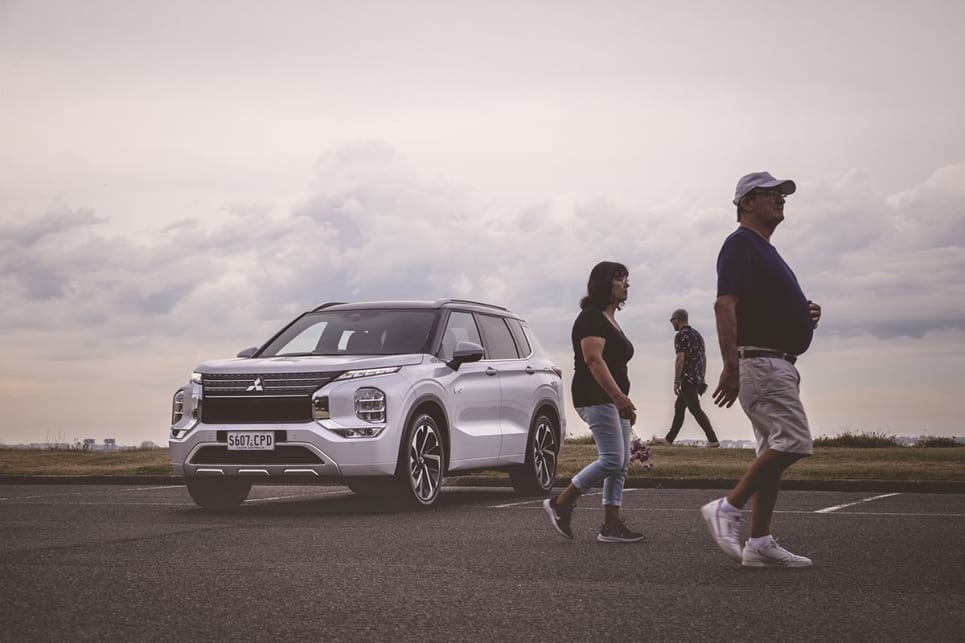
Australia is a country built on the idea of freedom and exploration, so for many of us the idea of switching to an EV just doesn't make sense.
However, at the same time the cost of living is rising in Australia and many of us are starting to feel the pinch in our pockets. The price of petrol and diesel has been steadily rising over the years, so much so that filling your car can be something many families need to budget for.
Especially as we emerge from the other side of the global pandemic and working from home, and as we return to the routine of a daily commute in our cars.
So what happens to those who want to cut their daily fuel bill but still want the freedom and flexibility offered by the internal-combustion engine? Well, the answer is obvious - the Mitsubishi Outlander Plug-in Hybrid EV.

Why is it the obvious solution to the problem? Because the beauty of its state-of-the-art powertrain is its ability to both provide the benefits of both an all-electric motoring and internal-combustion driving in one vehicle.
Unlike many so-called 'self-charging hybrids' that rely heavily on a combustion engine and use the electric motor for assistance, the Outlander PHEV can drive on electric-only power for up to 84km. That's significant, because it means for the average Australian they could cut the fuel bill for their daily commute to zero.
According to the Australian Bureau of Statistics, Australians commute, on average, for just 36km per day.
So if you're one of those people, or your commute to and from work is less than 84km, then it means you should be able to do all your daily driving without needing to fire up the Outlander's petrol engine at all (and if you've got solar panels, then at least some of the time you'll also be able to charge your battery for free, with the greenest energy imaginable).
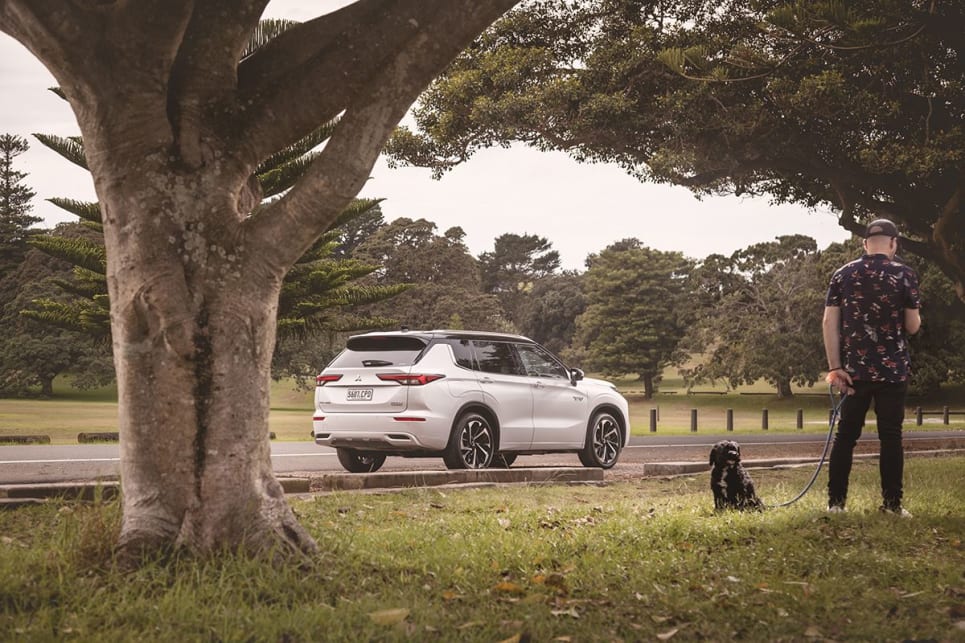
This is thanks to Mitsubishi's clever move to double the battery capacity in this latest generation Outlander Plug-in Hybrid EV, compared to its predecessor. With a 20kWh lithium-ion battery, the 84km range is achievable in urban driving, which should suit most commuters, with the clever regenerative braking able to recover kinetic energy to stretch out the battery range.
In fact, charging the batteries using regenerative braking is just one of the ways to keep them topped up - which is another advantage of the Outlander and its plug-in hybrid system. As the name suggests, unlike a 'self-charging hybrid' which can only rely on regen braking, the Outlander can be plugged in to rejuvenate the batteries. Crucially, the Outlander PHEV is able to be fast charged using a Type 2 connector or simply connected to any standard power outlet.
The charging times vary, depending on which type of charger you use. A DC Rapid Charger will take just 38 minutes to replenish the batteries, while an AC 15-amp Fast Charger can get the job done in 6.5 hours and even using a household outlet takes just 9.5 hours. All that means is, no matter what charger you use, you can get the battery fully charged overnight, so you can head to work every day with maximum driving range.
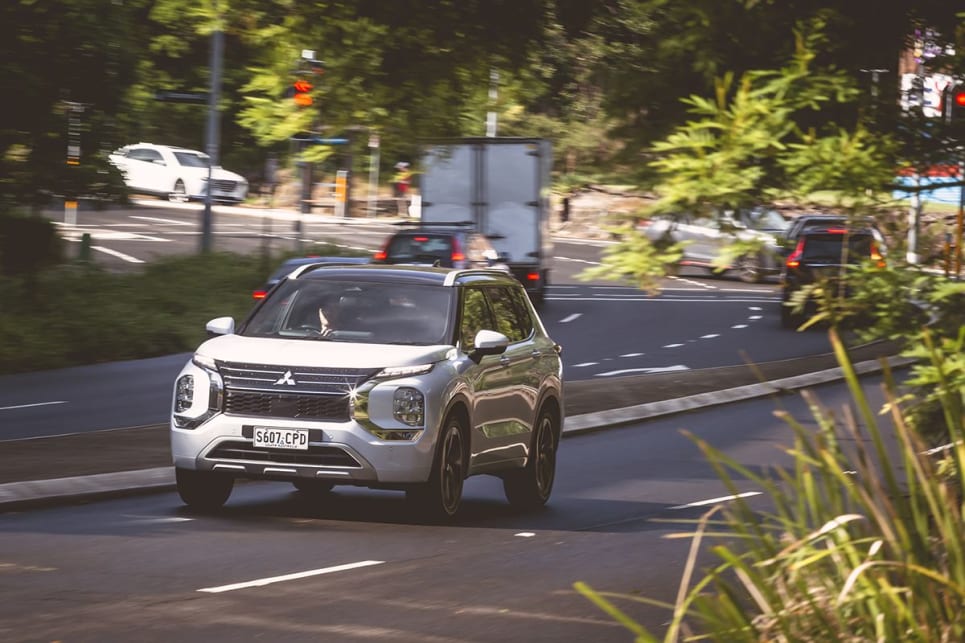
In fact, the Outlander Plug-in Hybrid EV is so efficient it can, in theory, drive for months (or longer) without ever needing to fire up the petrol engine. That means the fuel can actually go stale if you're not adding at least 20-litres of unleaded every three months. Naturally, Mitsubishi is already prepared for this and the engine will start itself after three months of inactivity to help burn off any old fuel, charging the battery at the same time, so it's not wasted.
Of course, the beauty of having the petrol engine is when you want to drive somewhere other than your daily commute, the 56-litre fuel tank - and our vast array of service stations - can take you anywhere you want to go in this wide, brown land of ours.
So while the future may be electric, there's no reason why your present shouldn't be a plug-in hybrid. This technology truly gives you the best of both worlds - freedom to travel vast distances and the chance to cut your daily fuel bill to zero.




.png)
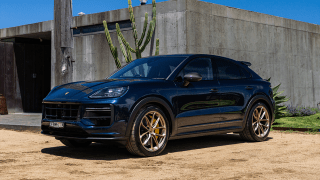
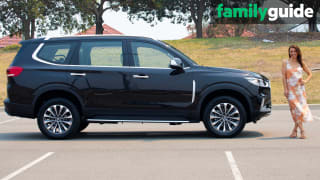

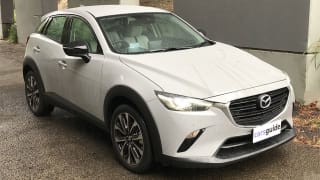
Comments